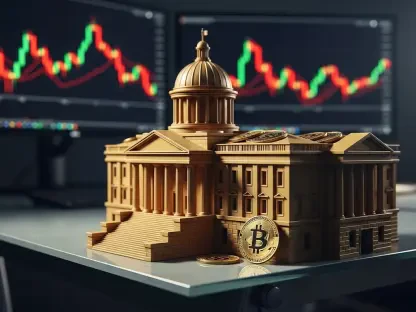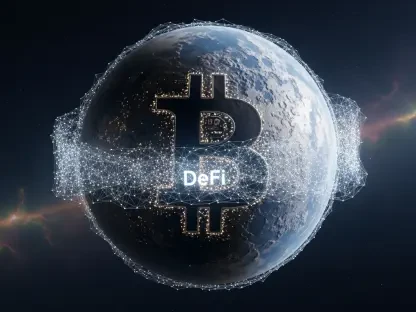The convenience of buy now, pay later (BNPL) services has become increasingly appealing to today’s consumers, especially among younger demographics. A recent survey conducted by Bankrate and YouGov revealed a significant financial challenge faced by users of these services. Out of 2,354 U.S. adults surveyed, nearly 30% availed themselves of BNPL services, and among these, 49% reported experiencing financial difficulties. This data brings to light the pressing issues associated with the increased reliance on BNPL systems for purchasing decisions.
The Allure and Risks of BNPL
Convenient Payments with Hidden Pitfalls
BNPL services, popularized by companies like Klarna and Affirm, allow consumers to break up payments into manageable bi-weekly, interest-free installments. This structure often seems appealing as it offers a convenient alternative to upfront, full-price purchases. However, this convenience carries significant risks. Much like credit cards, BNPL can lead to unexpected financial obligations if individuals overextend themselves. Of particular concern is the fact that BNPL transactions do not impact a consumer’s credit history, unlike credit card transactions. While traditional credit mechanisms are subject to scrutiny by agencies like the Consumer Financial Protection Bureau, which previously sought to regulate BNPL like credit cards, the current administrative focus has shifted away from such enforcement.
Generational Trends and Financial Vulnerabilities
The survey data indicate a stark generational trend, with younger consumers, particularly those belonging to Gen Z and millennial cohorts, being more inclined to use BNPL services. Strikingly, 66% of Gen Z respondents reported financial challenges linked to their usage of BNPL. Despite these numbers, some BNPL providers defend the stability of their services. For instance, Affirm touts low delinquency rates, claiming only a minor percentage of users fall behind on payments. This company emphasizes their commitment to transparency, noting the absence of hidden fees or late charges, which aligns with their broader business strategy of fostering positive credit outcomes for their users.
Shifts in Consumer Usage Patterns
Essentials Turning Into Installment Payments
Beyond luxury goods and non-essentials, BNPL services are increasingly being utilized for everyday necessities, including groceries. This shift highlights the growing financial strain experienced by many consumers who are struggling to make ends meet. Financial analysts, like Ted Rossman, describe this pattern as “robbing Peter to pay Paul,” encapsulating the precarious situation where many households find themselves living paycheck-to-paycheck. This concerning trend underscores the vulnerability of individuals who rely heavily on BNPL to manage short-term financial constraints, which can perpetuate long-term financial instability.
The Evolution Towards Credit-Like Models
Although BNPL offers are primarily interest-free, there is a noticeable move towards offering longer-term loans with interest rates, making these financial products increasingly resemble credit card transactions. This evolution not only complicates the financial landscape but also suggests that consumers must be more vigilant about their spending habits and repayment commitments. These developments highlight the need for comprehensive financial literacy programs to help users navigate such complex financial products and evaluate their real implications.
Implications for the Future
Potential Regulatory Measures
Considering the increasing popularity and associated risks of BNPL services, there is a growing call for regulatory frameworks to ensure consumer protection. The possibility of oversight akin to credit card regulations could offer safeguards and increase transparency, helping users avoid financial pitfalls while accessing convenient payment options. Consumer awareness and education are crucial in promoting responsible usage of BNPL services to mitigate potential financial difficulties.
Redefining Financial Responsibility
The allure of buy now, pay later (BNPL) services is increasingly resonating with modern consumers, particularly the younger demographic. These services offer an immediate purchasing option without upfront payment, enticing users who prefer deferred payments. However, a recent Bankrate and YouGov survey has exposed a crucial financial dilemma faced by users of BNPL services. Of the 2,354 U.S. adults surveyed, around 30% had utilized these services, and nearly half of those users, totaling 49%, reported encountering financial troubles as a result. This significant statistic underscores the inherent risks and challenges linked to the growing dependency on BNPL systems for shopping choices. The short-term financing benefit can lead to overspending and inadequate budgeting, fostering debt accumulation. Consequently, BNPL services, while offering temporary relief, can contribute to long-term financial strain, especially for consumers who may lack robust financial literacy or the discipline to manage deferred payments responsibly.









